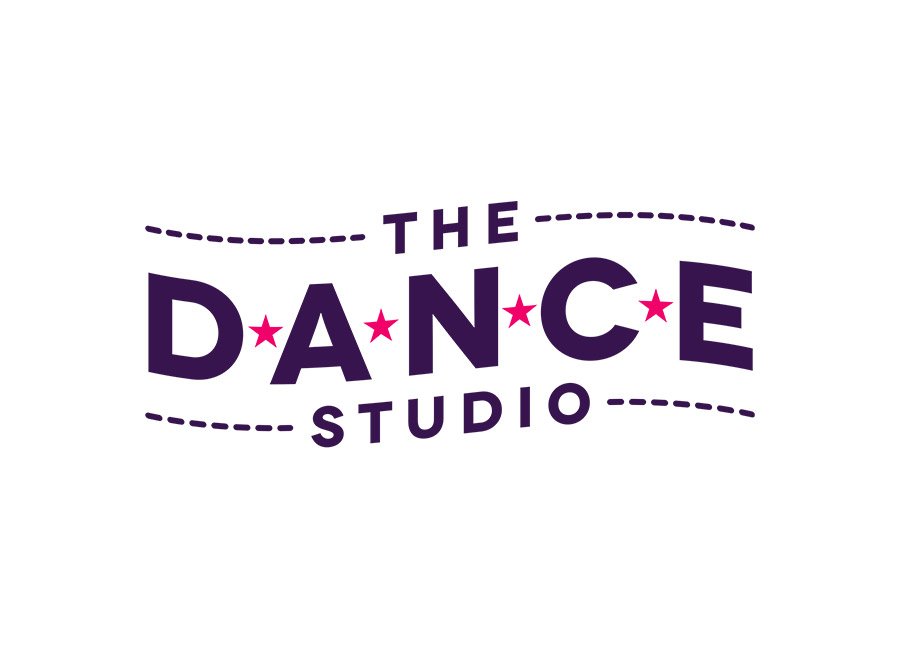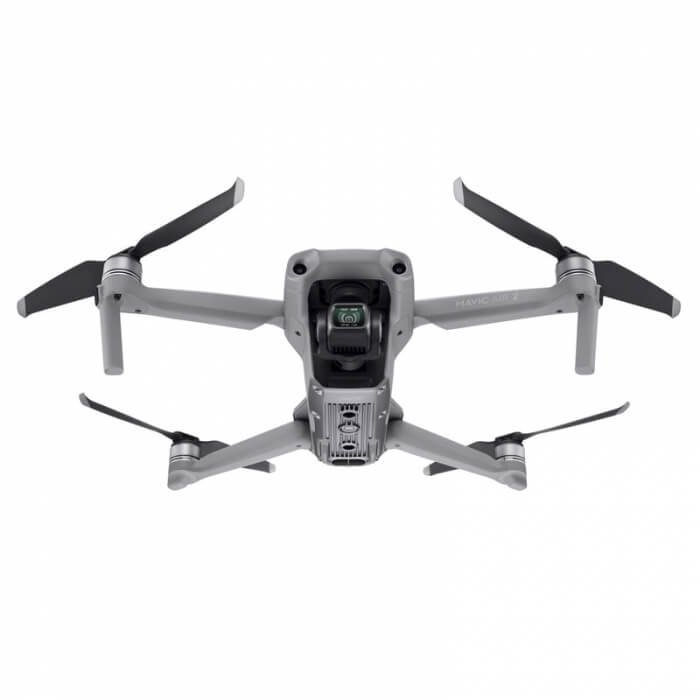Choking occurs when there is a blockage in the airway, preventing proper breathing. This blockage can be partial or complete and can lead to serious consequences if not treated promptly.
Types:
- Partial Choking: When the airway is partially blocked, allowing some air to pass through.
- Complete Choking: When the airway is completely blocked, making it difficult or impossible to breathe.
Causes:
- Eating food too quickly or not chewing properly.
- Swallowing large pieces of food.
- Drinking alcohol before or during meals, leading to impaired swallowing reflexes.
- Small objects getting stuck in the throat, such as toys or coins.
- Inhaling food or liquids while laughing or talking.
- Dental problems that affect chewing or swallowing.
- Neurological conditions that affect muscle control, such as stroke or Parkinson’s disease.
- Enlarged tonsils or adenoids.
- Allergic reactions causing swelling in the throat.
- Inhalation of smoke or chemical fumes.
- Trauma to the throat or neck.
- Gastroesophageal reflux disease (GERD), causing acid reflux and irritation.
- Tumors or growths in the throat.
- Side effects of certain medications, such as dry mouth or muscle weakness.
- Ingestion of caustic substances.
- Chewing gum or eating hard candy.
- Poorly fitting dentures.
- Excessive mucus production due to respiratory infections.
- Sudden fright or shock causing a spasm in the throat muscles.
- Ingestion of bones or other sharp objects.
Symptoms:
- Coughing or gagging.
- Wheezing or noisy breathing.
- Difficulty speaking.
- Clutching at the throat.
- Bluish lips or skin.
- Panic or distress.
- Inability to breathe.
- Gasping for air.
- Loss of consciousness.
- Weak or absent pulse.
- Struggling to breathe.
- Drooling.
- Hoarse voice.
- Chest pain.
- Anxiety.
- Cyanosis (blue tint to the skin).
- Sweating.
- Inability to swallow.
- Rapid heartbeat.
- Fainting.
Diagnostic Tests:
- History Taking: The doctor will ask about the circumstances leading to the choking episode, including what was eaten or ingested, any known allergies, and any previous incidents of choking.
- Physical Examination: The doctor will examine the throat and airway for signs of obstruction or injury. They may also listen to the lungs for any abnormal sounds.
- X-ray: This can help identify the location of any foreign objects or blockages in the airway.
- CT Scan: Provides detailed images of the throat and surrounding structures, helpful for detecting tumors or other abnormalities.
- Endoscopy: A flexible tube with a camera is inserted into the throat to directly visualize and remove any obstructions.
- Barium Swallow: The patient swallows a contrast material that shows up on X-rays, allowing for better visualization of the swallowing process.
- Blood Tests: To check for signs of infection or inflammation.
- Pulmonary Function Tests: Assess lung function and oxygen levels.
- Allergy Testing: If an allergic reaction is suspected as the cause of choking.
- Electrocardiogram (ECG): To rule out any cardiac issues that may have contributed to the choking episode.
- Bronchoscopy: Similar to endoscopy, but focuses on the airways of the lungs.
- Laryngoscopy: Examination of the larynx and vocal cords.
- Sputum Culture: If there are signs of respiratory infection.
- Throat Culture: To check for strep throat or other infections.
- Ultrasound: To evaluate the structures of the neck and throat.
- Swallowing Studies: To assess swallowing function and detect any abnormalities.
- MRI: Provides detailed images of soft tissues and can help identify structural abnormalities.
- Arterial Blood Gas Test: Measures oxygen and carbon dioxide levels in the blood.
- Neurological Examination: To assess muscle strength and coordination.
- Chest X-ray: To check for signs of aspiration pneumonia or other lung problems.
Treatments (Non-Pharmacological):
- Heimlich Maneuver: A first-aid technique to dislodge the blockage by applying abdominal thrusts.
- Back Blows: Firm slaps between the shoulder blades to help expel the obstructing object.
- Chest Thrusts: Alternative to the Heimlich maneuver for use on pregnant women or obese individuals.
- Finger Sweep: If the obstruction is visible, carefully remove it with your finger.
- CPR (Cardiopulmonary Resuscitation): If the person becomes unconscious, CPR may be necessary to maintain circulation and oxygenation.
- Rescue Breaths: Administer breaths to the person if they are not breathing.
- Call Emergency Services: If the choking cannot be resolved, seek immediate medical attention.
- Stay Calm: Panic can make the situation worse, so try to remain calm and focused.
- Encourage Coughing: If the person is conscious and coughing, encourage them to continue coughing to try to clear the obstruction.
- Positioning: Have the person lean forward slightly to help gravity assist in dislodging the object.
- Remove Dentures: If the person wears dentures, remove them to prevent them from becoming a further obstruction.
- Avoid Blind Sweeps: Do not perform blind finger sweeps as they can push the object further down the airway.
- Clear the Airway: Check the mouth for any remaining pieces of food or foreign objects.
- Monitor Breathing: Continuously monitor the person’s breathing and pulse.
- Provide Oxygen: If available, administer supplemental oxygen to help support breathing.
- Keep Airways Clear: Ensure that the area around the person is free from obstacles to prevent further injury.
- Encourage Spitting: If the person is able to cough up the object, encourage them to spit it out.
- Stay with the Person: Do not leave the person alone until medical help arrives.
- Avoid Water: Do not give water to someone who is actively choking, as it can worsen the situation.
- Check for Signs of Improvement: If the person is able to speak or breathe better, the obstruction may have been cleared.
- Reassure the Person: Offer words of reassurance and support to help calm them down.
- Use Gravity: Position the person with their head lower than their chest to help dislodge the object.
- Check for Pulse: If the person becomes unconscious, check for a pulse and start CPR if necessary.
- Remove Tight Clothing: Loosen any tight clothing around the neck to ensure proper airflow.
- Monitor Consciousness: Continuously assess the person’s level of consciousness.
- Keep Airways Open: Maintain an open airway by tilting the person’s head back slightly.
- Avoid Sharp Objects: Do not attempt to remove a lodged object with sharp or pointed tools.
- Stay Prepared: Learn and practice first aid techniques for choking regularly.
- Educate Others: Teach family members and colleagues how to recognize and respond to choking emergencies.
- Follow Up: Seek medical follow-up after a choking episode to ensure there are no lingering issues or complications.
Drugs:
- Epinephrine: Used to treat anaphylactic reactions causing throat swelling.
- Steroids: Reduce inflammation in the airway.
- Antibiotics: If there is evidence of infection.
- Bronchodilators: To open up the airways and improve breathing.
- Antacids: For GERD-related choking episodes.
- Pain Relievers: To alleviate discomfort or soreness in the throat.
- Anti-Anxiety Medications: To help calm the person during and after a choking episode.
- Mucolytics: Thins mucus to make it easier to cough up.
- Antiemetics: To control nausea or vomiting.
- Antihistamines: For allergic reactions causing throat swelling.
- Naloxone: Reverses opioid overdose, which can cause respiratory depression.
- Aspirin: For heart attack or stroke prevention, which can cause choking if swallowed improperly.
- Acetaminophen: Another pain reliever option.
- Diphenhydramine: Relieves itching or hives associated with allergic reactions.
- Gastrointestinal Medications: To reduce acid production and prevent reflux.
- Saline Nasal Spray: Helps clear nasal passages for better breathing.
- Cough Suppressants: If coughing is excessive and non-productive.
- Laxatives: If choking is due to constipation or fecal impaction.
- Antiarrhythmics: For abnormal heart rhythms that may accompany choking.
- Inhaled Corticosteroids: For asthma-related choking episodes.
Surgeries:
- Tracheostomy: Creating a hole in the neck and windpipe to bypass a blocked airway.
- Laryngectomy: Removal of the voice box, usually due to cancer or severe trauma.
- Esophageal Dilation: Stretching of the esophagus to widen it and improve swallowing.
- Foreign Object Removal: Surgical intervention to remove lodged objects in the throat or airway.
- Tonsillectomy: Removal of the tonsils if they are causing recurrent choking episodes.
- Adenoidectomy: Removal of the adenoids if they are obstructing the airway.
- Vocal Cord Surgery: To repair or remove damaged vocal cords.
- Esophageal Diverticulectomy: Removal of a pouch that forms in the esophagus and can trap food.
- Tumor Resection: Surgical removal of tumors or growths obstructing the airway.
- Nissen Fundoplication: Surgery to treat severe GERD by wrapping the top of the stomach around the lower esophagus to prevent reflux.
Preventions:
- Chew Food Thoroughly: Take small bites and chew food slowly and thoroughly before swallowing.
- Avoid Alcohol Before Eating: Alcohol can impair coordination and swallowing reflexes.
- Cut Food into Small Pieces: Especially for young children or elderly individuals who may have difficulty chewing.
- Supervise Children: Keep small objects out of reach and closely monitor young children during meal times.
- Avoid Eating While Distracted: Focus on eating without distractions like television or smartphones.
- Practice Safe Eating Habits: Sit upright while eating and avoid talking or laughing with food in your mouth.
- Learn First Aid: Familiarize yourself with choking first aid techniques, such as the Heimlich maneuver.
- Modify Diet if Necessary: For individuals with swallowing difficulties or GERD, consult a healthcare professional for dietary modifications.
- Regular Dental Check-ups: Maintain good oral health to prevent issues with chewing or swallowing.
- Stay Calm in Emergencies: Panic can make it harder to respond effectively to choking incidents, so stay calm and act quickly.
When to See a Doctor:
Seek medical attention if:
- The person is unable to speak, cough, or breathe.
- The choking episode does not resolve with first-aid measures.
- The person loses consciousness.
- There is persistent pain or discomfort in the throat or chest after the choking episode.
- The person has a history of recurrent choking episodes.
- There are signs of infection, such as fever or swollen glands.
- The person’s lips or skin appear blue.
- The choking episode was caused by an allergic reaction.
- There is a known underlying medical condition that may contribute to choking risk.
- The person experiences recurrent episodes of coughing or wheezing after eating or drinking.
In conclusion, choking is a serious medical emergency that requires prompt attention. By understanding the causes, symptoms, and appropriate responses, individuals can be better prepared to prevent and respond to choking incidents effectively.
Disclaimer: Each person’s journey is unique, treatment plan, life style, food habit, hormonal condition, immune system, chronic disease condition, previous medical history is also unique. So always seek the best advice from a qualified medical professional or health care provider before trying any treatments to ensure to find out the best plan for you. This guide is for general information and educational purposes only. If you or someone are suffering from this disease condition bookmark this website or share with someone who might find it useful! Boost your knowledge and stay ahead in your health journey. Thank you for giving your valuable time to read the article.

















